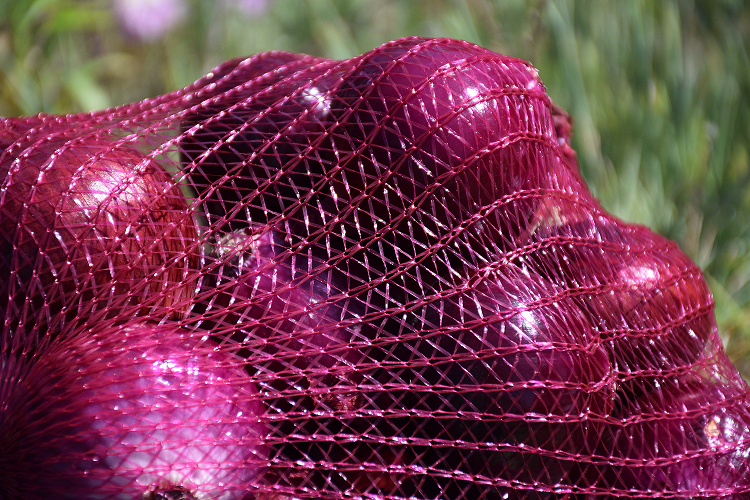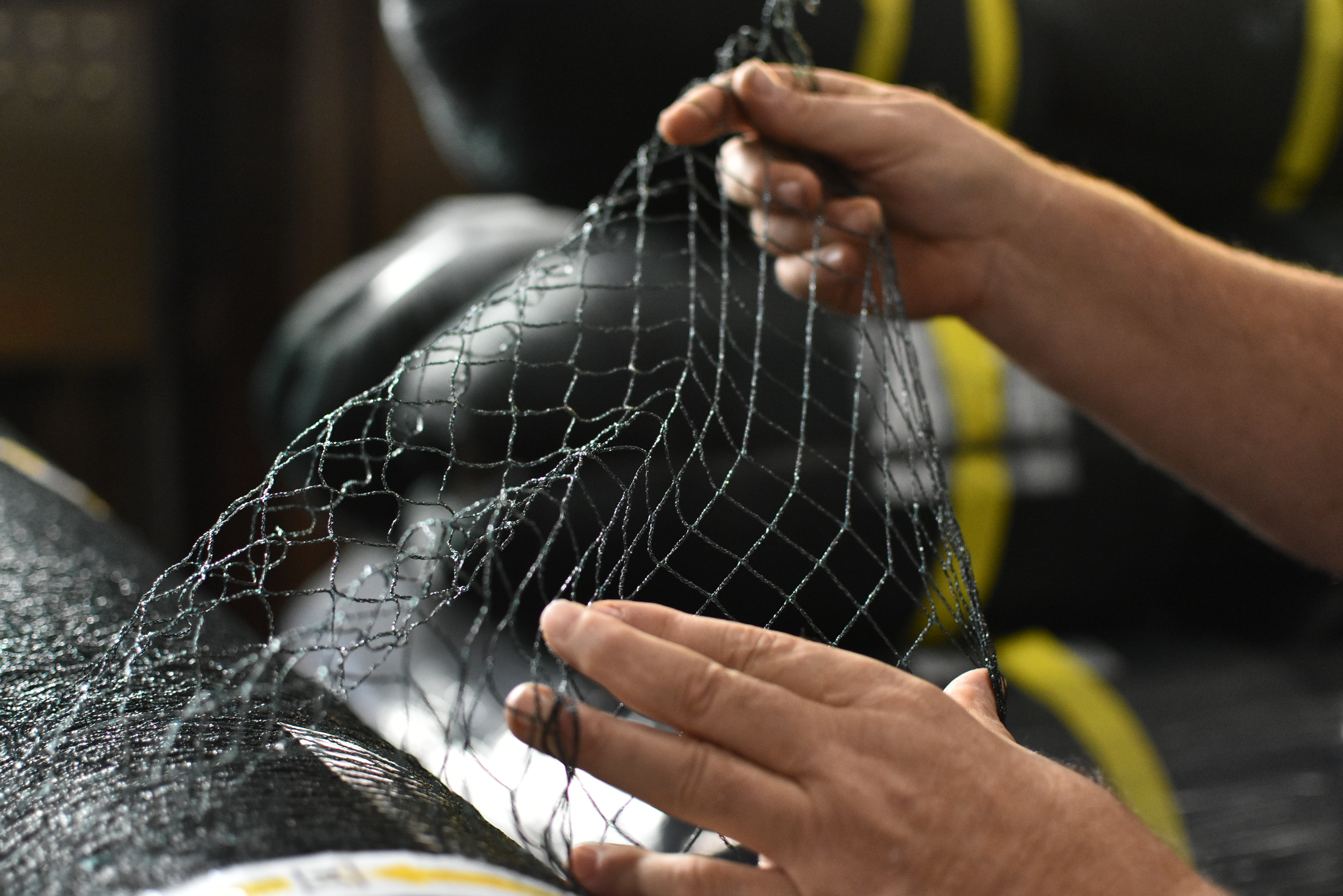Plastic-free packaging nets for fruit, vegetables and Christmas trees are the aim of a new project at the Fraunhofer Institute for Microstructure of Materials and Systems IMWS. Together with partners, the institute wants to develop corresponding waxes, color pigments and compounds that are bio-based and biodegradable. This could replace existing solutions that are produced on a petrochemical basis.


Onions and garlic, potatoes and avocados - these foods are often packed in nets, as are Christmas trees. These nets often contain waxes that can provide better processing properties or the desired mechanical performance. The nets available today almost exclusively use petrochemical-based waxes. In addition, modifiers and color pigments are used, most of which are also made from petroleum. This leads to a negative environmental footprint and health risks, while this non-biodegradable packaging also contributes to microplastic pollution.
Waxes based on renewable raw materials can eliminate these problems if they are comparably efficient in processing and use and can be produced cost-effectively on an industrial scale. Fraunhofer IMWS, Meshpack GmbH (Klötze), DEUREX AG (Elsteraue) and NIG Nahrungs-Ingenieurtechnik GmbH (Magdeburg) are pursuing this goal in the joint project "Research into the use of biodegradable waxes as property modifiers in technical biopolymers". As a raw material, they want to test sugar cane bagasse, the fibrous residue that remains after the extraction of sugar juice from sugar cane.
However, there are a number of challenges to be overcome before organic waxes can protect organic vegetables in the supermarket. For example, the project partners have to determine how the molecular structure of the waxes affects their suitability for chemical modification, which processing conditions should be selected for production and how these in turn influence the actual properties of the resulting biopolymers. "In particular, we need to keep an eye on the flow properties in the melt and the mechanical properties of the resulting material, such as tensile strength, which ultimately determine possible applications. Transferring the results from laboratory to industrial scale also requires a great deal of expertise and creative solutions," says Dr. Patrick Hirsch, who heads the project at the Fraunhofer IMWS.
The initial aim of DEUREX is to develop specific biodegradable waxes as modifiers for the production of packaging nets, with the partners relying on an adapted molecular structure. NIG will contribute bio-based and biodegradable color pigments. Both will be combined by the Fraunhofer IMWS into compounds, initially as laboratory samples and later on a pilot scale with a total throughput of 50 to 100 kg/hour. The compounds will then be used at Meshpack for specific applications such as packaging nets. In particular, the Fraunhofer IMWS will contribute its expertise in the twin-screw compounding of bio-based thermoplastic materials and will also develop a continuous dosing system to ensure that the correct proportions of modifiers, natural color pigments and wax are always added to the matrix, which will consist of suitable biopolymers (polybutylene succinates PBS, polylactic acids PLA), during melt mixing using a twin-screw extruder.
"We are aiming for the greatest possible variability for processing, such as adjustment options for viscosity and the possibility of introducing additional fillers without impairing biodegradability. It should also be possible to produce the new bio-waxes with existing technical equipment. We want to offer manufacturers sustainable drop-in solutions," says Hirsch.
Using raw materials that are cheaply available in the region, such as sugar cane bagasse, and building on local expertise, high-quality products for the bioeconomy markets can be created, especially as the color pigments based on plant residues targeted in the project can also be used in other fields of application such as the printing ink industry or decorative cosmetics. In this way, the project partners are supporting the successful structural change in Central Germany.